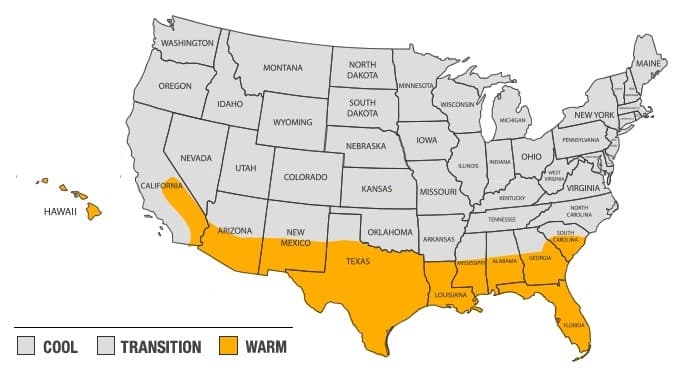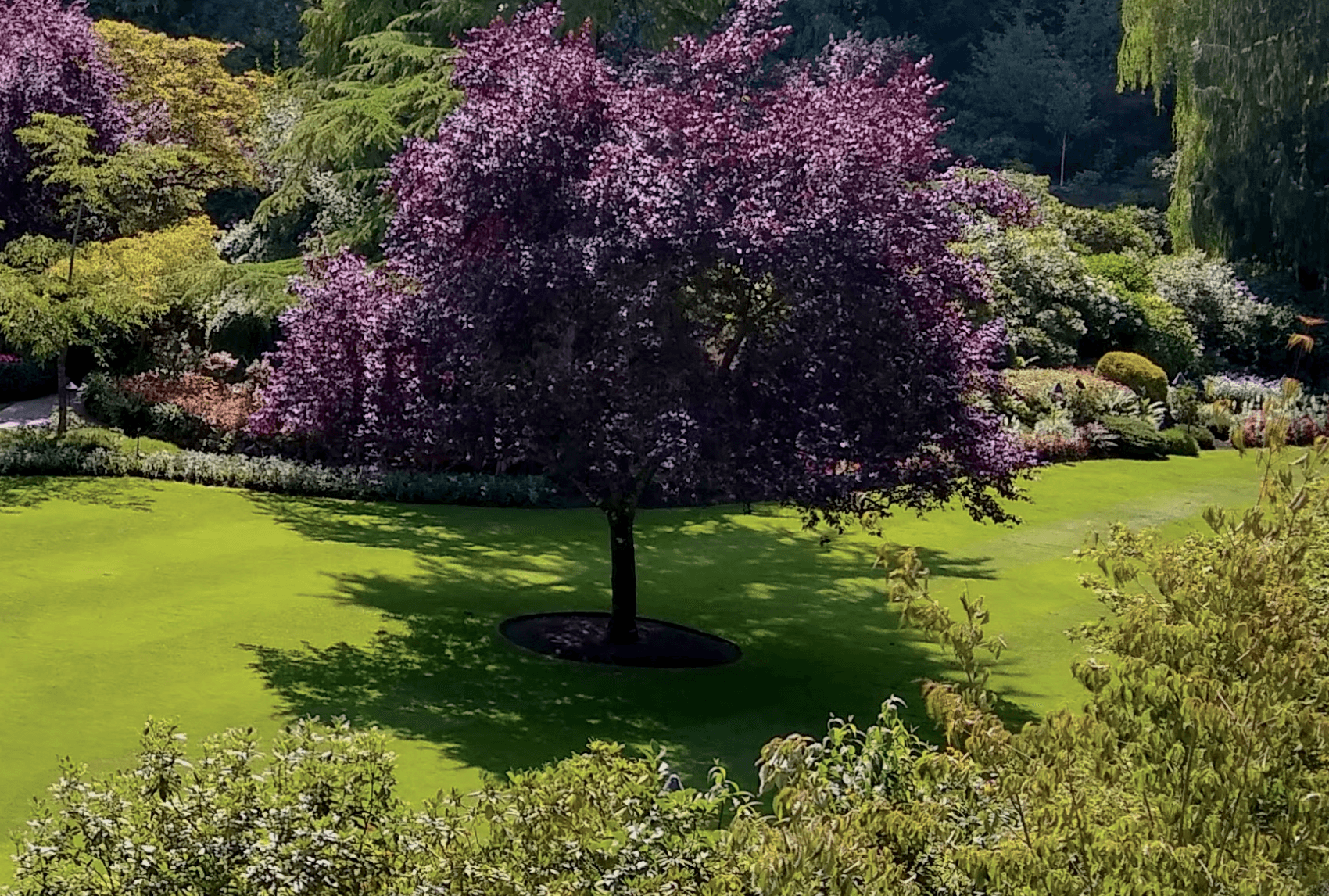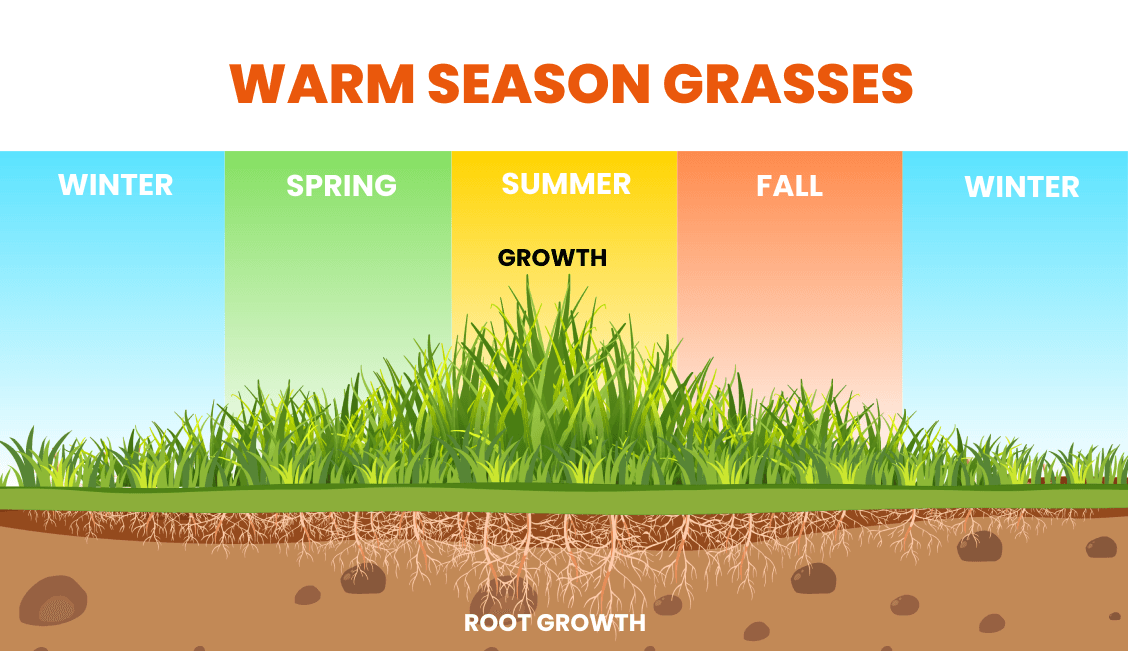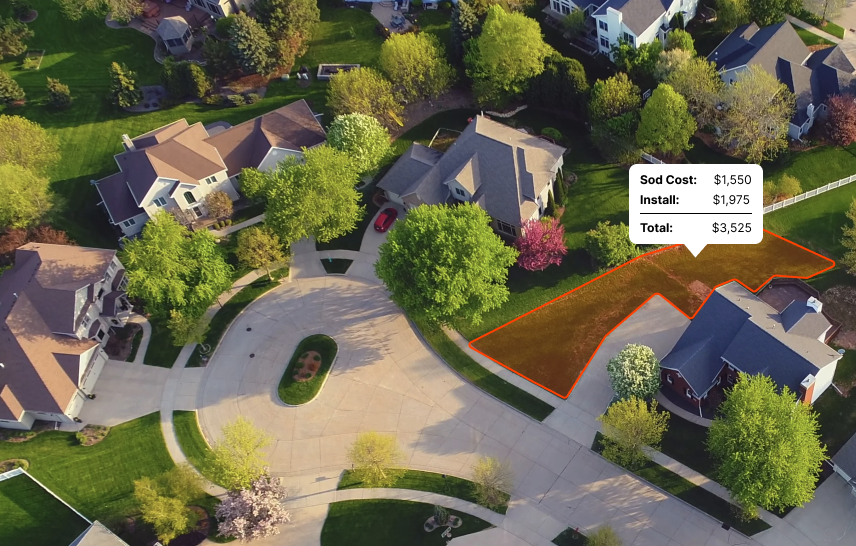What's the story with the soil and pH? Find a grass that loves what you've got, lay it when the time's right, and you're on track for a lawn that's Mississippi proud, healthy, and good-looking to boot.”
Introduction
Alright, let's break down Mississippi. A sultry subtropical wonderland, summers here are all steamy heat and high humidity, while winters keep things easy and mild. This is prime real estate for warm-season grasses.
They laugh in the face of heat and aren't too greedy about water. Ready to lay your Mississippi lawn? Aim for the golden window of late spring or early summer, when the soil's buzzing with warmth, perfect for your grass to root down deep.
Mississippi is a bit of a grass crossroads with northern parts of the state tucked away in the "transition zone". Here, warm and cool-season grasses can share the stage, depending on exactly where you are in the state. But let's be real, with summers like Mississippi's, the warm-season grasses usually steal the show.
Choosing the perfect lawn means getting to know your own patch of Mississippi. How much sun does it bask in? How thirsty is it?
What are the best sod types for MS?
In the world of landscaping, not all grasses are created equal. Each thrives in a specific climate zone: cool, warm, or transition.

Mississippi, with its warm season climate, prefers a particular set of grasses that relish the higher temperatures. The following sods are the easiest to grow and maintain in Mississippi:
While it's possible to grow grasses meant for other regions with proper care, attention and timing, these are the most common grasses in Mississippi for residential lawns.
Level Up Your Lawn Skills
Once per week we'll send you an interview from someone who has mastered the art of lawn care.
Recommended species for shade
We Mississippi folks sure do love our lush lawns, but boy, dealing with shade can be tricky, right? Chasing the sun around your yard is no simple mission. Let's cut to the chase, not all grasses are created equal. So, which champions thrive in the shadows? St. Augustine, Zoysia, and Fescue rise to the task.
St. Augustine? A good ol’ boy, best known for its robust ability to handle shade like a pro. This grass doesn't fool around. A minimum of 5 hours of daily sunlight will do the trick. Any less, and you'll need a backup plan.
Zoysia? Now, there's a hard-hitter. Less thirsty than St. Augustine, it appreciates 5 to 7 hours of sunlight daily, but doesn’t sweat a little shade. Plus, its dense growth pattern manages to snuff out those annoying weeds for a clean, verdant finish.
Fescue? It’s a cool-season grass. Loves partial shade and can bear the brutal Mississippi summers like a champ. Surprise, surprise, you'll need 4 hours of sunlight to keep Fescue happy. Its deep roots prevent it from browning out during a drought, a major win if you ask us.
Preparing to lay sod in the shade? Use slow-release fertilizer, water deeply but less frequently, and raise your mower's blade. Trust us, your grass will thank you for it. Keep these tips in your back pocket, and that Mississippi shade won't ever keep you in the dark about your sod choices. Next up, let's talk watering schedules that optimize growth, shall we?

Recommended for full sun or partial sun
Choosing the right sod for your lawn depends heavily on the sunlight exposure in your yard. Different grass types have varying light requirements for optimal growth and appearance. Assessing whether your lawn receives full or partial sun is essential in selecting sod that will flourish and stay healthy in your specific environment.
Below are some sod options recommended for either full sun or partial sun conditions in MS:
| Grass Type | Sun | Good to Know |
|---|---|---|
| Bermuda | Full | Bermuda grass thrives in full sun and is known for its drought tolerance and ability to withstand high temperatures. |
| Zoysia | Full | Zoysia grass prefers full sun but can tolerate some shade. It is known for its dense turf and resistance to pests and diseases. |
| St. Augustine | Partial | St. Augustine grass performs well in partial sun and is valued for its ability to establish quickly and provide a thick, green lawn. |
| Bahia | Full | Bahia grass is ideal for full sun and is known for its drought resistance, low maintenance needs, and ability to thrive in sandy soils. |
What varieties stay green year-round?
As with anything agriculture related, there is some nuance to this question. There are many grasses that can stay green year round in but it depends heavily on your location within Mississippi as well as any microclimates that may exist.
The following grasses have the ability to stay green year round in Mississippi:
| Grass Type | Caveats |
|---|---|
| Bermuda | It typically goes dormant and turns brown after a few hard frosts in the fall and stays that way until temperatures consistently hit the 60s in the spring. |
| Zoysia | It can stay green nearly year-round in milder climates without severe winter freezes or overly high summer temperatures. |
| St. Augustine | It can stay green almost year round, but will go dormant and turn brown during cool-season months in colder regions. |
| Bahia | It tends to stay green throughout warm weather but may go dormant and brown in cooler weather or during periods of drought. |
What is the best time to lay sod in Mississippi?
In a warm-season location, lay sod in late spring or early summer. This timing is ideal as the warmer temperatures and longer days will promote quick root establishment and growth. Avoid laying sod in the cooler months as the grass will likely enter dormancy, slowing down the root establishment process. So, for success, stick to late spring or early summer when it's 75 to 90 degrees out.
As you can see in the image below, you'll notice the most shoot growth (the grass above ground) and root growth during the summer for warm season grasses:

Find reputable companies for installing sod in MS
Here are the top problems you'll face when trying to get sod installed by a landscaping company:
- They're not transparent about pricing. You'll often get a quote that's way higher than you'd expect.
- They're hard to get ahold of on the phone or you'll reach out online but won't hear back.
- It's hard to pin them down for a specific date. Because you can only bring sod from the farm when there's decent weather, this causes some delays at times. It also has a short shelf life, so it's important to get it installed within a day or two of delivery.
We've done all the work for you. Click below to get a quote from one of the top installers in Mississippi.

